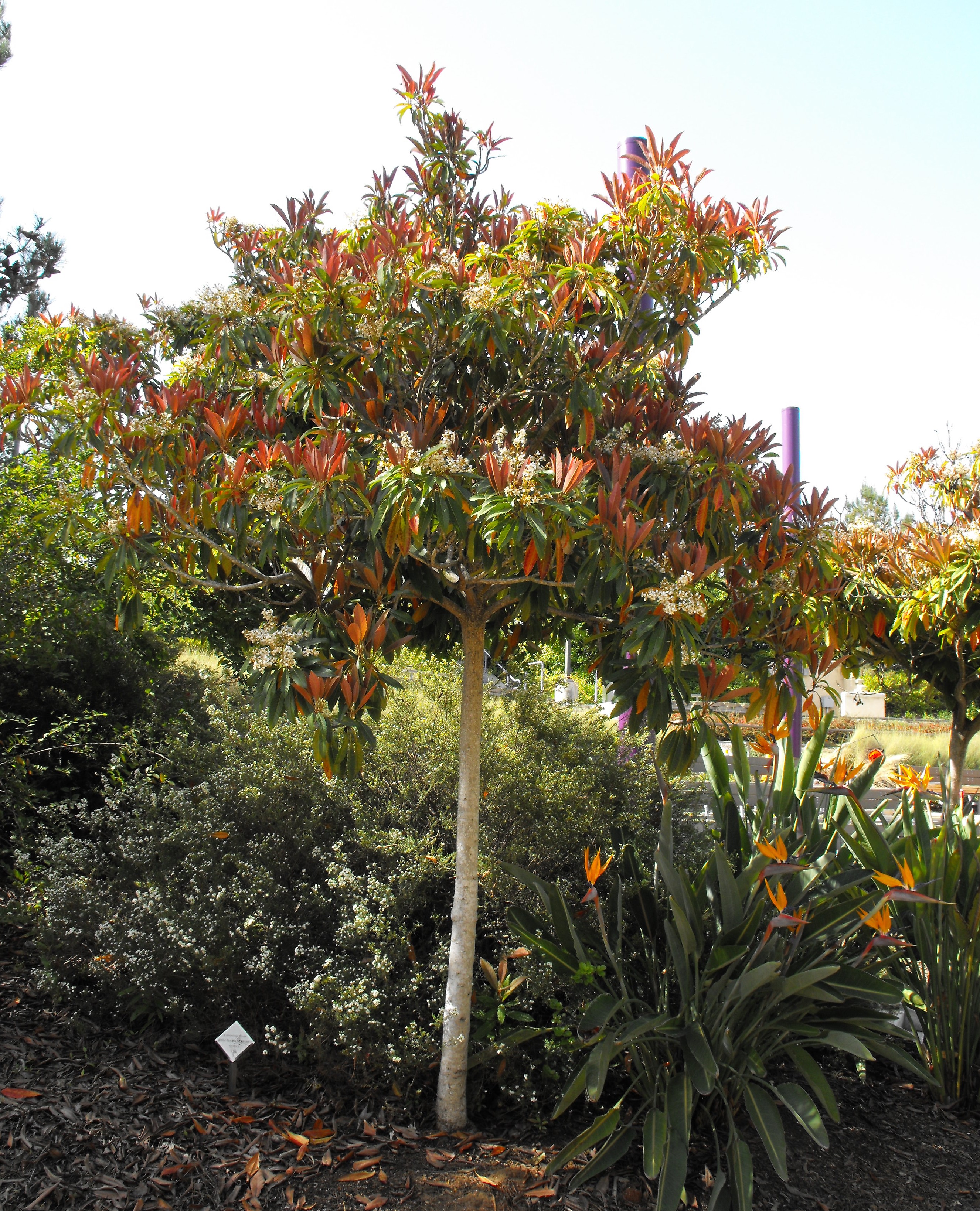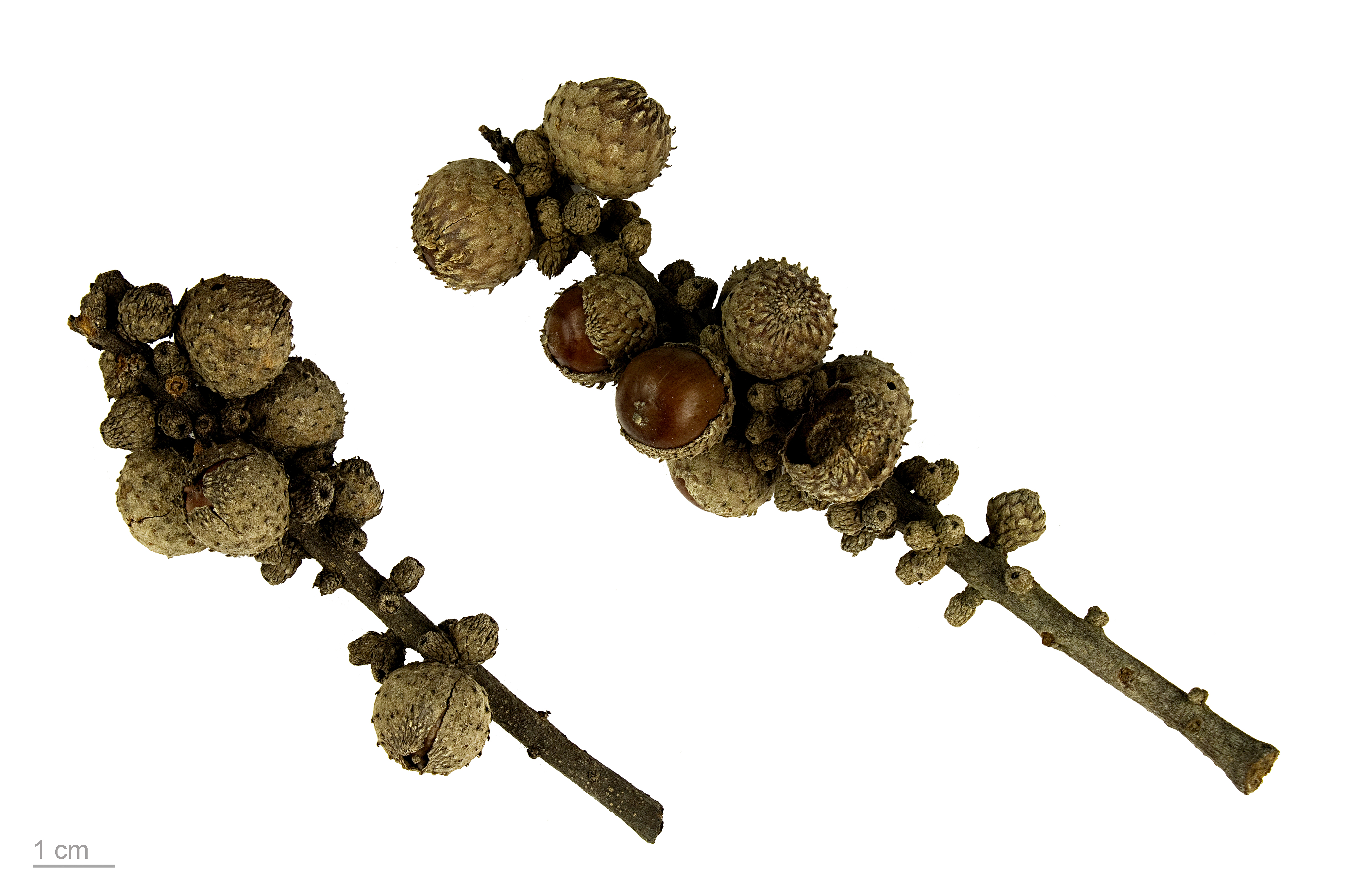|
Marumba Sperchius
''Marumba sperchius'' is a species of moth of the family Sphingidae first described by Édouard Ménétries in 1857. Distribution It is found from north-western and north-eastern India, south-western, central and eastern China to the southern Russian Far East, North Korea, South Korea and Japan. It is also present on Sumatra and Borneo. Description The wingspan is 88–138 mm. It is similar to '' Marumba juvencus'', but the lines of the forewing and the ground colour of the hindwing are more reddish and the lines on either side of the weak discal spot are hardly converge. Marumba sperchius MHNT CUT 2010 0 120 Taiwan female dorsal.jpg, Female, dorsal view Marumba sperchius MHNT CUT 2010 0 120 Taiwan female ventral.jpg, Female, ventral view Marumba sperchius MHNT CUT 2010 0 120 Gifu Japan male dorsal.jpg, Male, dorsal view Marumba sperchius MHNT CUT 2010 0 120 Gifu Japan Male ventral.jpg, Male, ventral view Biology There are two generations per year with adults on ... [...More Info...] [...Related Items...] OR: [Wikipedia] [Google] [Baidu] |
Édouard Ménétries
Édouard Ménétries (Paris, France, 2 October 1802 – St. Petersburg, Imperial Russia, 10 April 1861) was a French entomologist, zoologist, and herpetologist. He is best known as the founder of the Russian Entomological Society. Ménétries was born in Paris, and became a student of Georges Cuvier and Pierre André Latreille. On their recommendation he was chosen as the zoologist on a Russian expedition to Brazil in 1822, led by Baron von Langsdorff. On his return he was appointed curator of the Zoological Collection at St Petersburg. In 1829 he was sent by the Tsar on an exploratory trip to the Caucasus. Ménétries was an authority on Lepidoptera and Coleoptera but also worked on other orders. Most of his named species are from Russia and Siberia but at the museum he was able to study insects from other parts of the world. Two such collections were those made during the expeditions of Alexander von Middendorf (1842–1845) and Leopold von Schrenck (1853–1857) to Calif ... [...More Info...] [...Related Items...] OR: [Wikipedia] [Google] [Baidu] |
Quercus
An oak is a tree or shrub in the genus ''Quercus'' (; Latin "oak tree") of the beech family, Fagaceae. There are approximately 500 extant species of oaks. The common name "oak" also appears in the names of species in related genera, notably '' Lithocarpus'' (stone oaks), as well as in those of unrelated species such as ''Grevillea robusta'' (silky oaks) and the Casuarinaceae (she-oaks). The genus ''Quercus'' is native to the Northern Hemisphere, and includes deciduous and evergreen species extending from cool temperate to tropical latitudes in the Americas, Asia, Europe, and North Africa. North America has the largest number of oak species, with approximately 160 species in Mexico of which 109 are endemic and about 90 in the United States. The second greatest area of oak diversity is China, with approximately 100 species. Description Oaks have spirally arranged leaves, with lobate margins in many species; some have serrated leaves or entire leaves with smooth margins. ... [...More Info...] [...Related Items...] OR: [Wikipedia] [Google] [Baidu] |
Eriobotrya
''Eriobotrya'' is a genus of flowering plants, mostly large evergreen shrubs and small trees in the family Rosaceae, native to woodland in the Himalayas and East Asia. The loquat, ''E. japonica'', is grown for its edible fruit. ''Eriobotrya'' species are used as food plants by the larvae of some Lepidoptera species including ''Hypercompe hambletoni ''Hypercompe hambletoni'' is a moth of the family Erebidae Species description, first described by William Schaus in 1938. It is found in Brazil. Larvae have been recorded feeding on ''Bidens'', ''Eriobotrya'', ''Gossypium'', ''Hibiscus'', ''Man ...''. Species References External links * * Flora of China Rosaceae genera {{maleae-stub ... [...More Info...] [...Related Items...] OR: [Wikipedia] [Google] [Baidu] |
Lithocarpus Edulis
''Lithocarpus edulis'', the Japanese stone oak, is a species of Lithocarpus, stone-oak native to Japan. It is an evergreen tree growing up to 15 metres tall. The nuts are edible for people but taste bitter. The nuts contain tannins, however soaking them in water removes them. It is cultivated as an ornamental plant. ReferencesThe Plant List External links * Lithocarpus edulis database' * ' Lithocarpus, edulis Trees of Japan Endemic flora of Japan {{Fagales-stub ... [...More Info...] [...Related Items...] OR: [Wikipedia] [Google] [Baidu] |
Lithocarpus
''Lithocarpus'' is a genus in the beech family, Fagaceae. Trees in this genus are commonly known as the stone oaks and differ from ''Quercus'' primarily because they produce insect-pollinated flowers on erect spikes and the female flowers have short styles with punctate stigmas. At current, around 340 species have been described, mostly restricted to Southeast Asia. Fossils show that ''Lithocarpus'' formerly had a wider distribution, being found in North America and Europe during the Eocene to Miocene epochs. The species extend from the foothills of the Hengduan Mountains, where they form dominant stands of trees, through Indochina and the Malayan Archipelago, crossing Wallace's Line and reaching Papua. In general, these trees are most dominant in the uplands (more than above sea level) and have many ecological similarities to the Dipterocarpaceae, the dominant lowland tree group. These trees are intolerant of seasonal droughts, not being found on the Lesser Sunda Islands, ... [...More Info...] [...Related Items...] OR: [Wikipedia] [Google] [Baidu] |
Juglans Mandschurica
''Juglans mandshurica'' (), also known as Manchurian walnut, or Tigernut, is a deciduous tree of the genus ''Juglans'' (section ''Cardiocaryon''), native to the Eastern Asiatic Region ( China, Russian Far East, North Korea and South Korea). It grows to about 25 m. This species was first described by the Russian botanist Carl Johann Maximowicz, in ''Bulletin de la Classe Physico-Mathématique de l'Académie Impériale des Sciences de Saint-Pétersbourg'', which was published in 1856. The leaves are alternate, 40–90 cm long, odd-pinnate, with 7–19 leaflets, 6–17 cm long and 2–7.5 cm broad (margin serrate or serrulate, apex acuminate). The male flowers are in drooping catkins 9–40 cm long, the wind-pollinated female flowers (April–May) are terminal, in spikes of 4 to 10, ripening in August–October into nuts, 3-7.5 × 3–5 cm, with densely glandular pubescent green husk and very thick shell. The tree is exceptionally hardy (down to at leas ... [...More Info...] [...Related Items...] OR: [Wikipedia] [Google] [Baidu] |
Juglans Regia
''Juglans regia'', the Persian walnut, English walnut, Carpathian walnut, Madeira walnut, or especially in Great Britain, common walnut, is an Old World walnut tree species native to the region stretching from the Balkans eastward to the Himalayas and southwest China. It is widely cultivated across Europe. It is the origin of cultivated varieties which produce the edible walnut, consumed around the world. China is the major commercial producer of walnuts. Description ''Juglans regia'' is a large deciduous tree, attaining heights of , and a trunk up to 2 m (6 ft) in diameter, commonly with a short trunk and broad crown. The bark is smooth, olive-brown when young and silvery-grey on older branches, and features scattered broad fissures with a rougher texture. Like all walnuts, the pith of the twigs contains air spaces; this chambered pith is brownish in color. The leaves are alternately arranged, 25–40 cm (10 to 16 in) long, odd-pinnate with 5–9 leaflets, paire ... [...More Info...] [...Related Items...] OR: [Wikipedia] [Google] [Baidu] |
Juglans
Walnut trees are any species of tree in the plant genus ''Juglans'', the type genus of the family Juglandaceae, the seeds of which are referred to as walnuts. All species are deciduous trees, tall, with pinnate leaves , with 5–25 leaflets; the shoots have chambered pith, a character shared with the wingnuts (''Pterocarya''), but not the hickories (''Carya'') in the same family. The 21 species in the genus range across the north temperate Old World from southeast Europe east to Japan, and more widely in the New World from southeast Canada west to California and south to Argentina. Edible walnuts, which are consumed worldwide, are usually harvested from cultivated varieties of the species ''Juglans regia''. China produces half of the world total of walnuts. Etymology The common name ''walnut'' derives from Old English ''wealhhnutu'', literally 'foreign nut' (from ''wealh'' 'foreign' + ''hnutu'' 'nut'), because it was introduced from Gaul and Italy. The Latin name for the wal ... [...More Info...] [...Related Items...] OR: [Wikipedia] [Google] [Baidu] |
Quercus Serrata
''Quercus serrata'', the jolcham oak, (, ) is an East Asian species of tree in the beech family. It is native to China, Taiwan, Japan, and Korea. Description ''Quercus serrata'' is a deciduous oak tree reaching a height of occupying elevations from . The bark is gray or reddish-brown with longitudinal furrows. The leaves are up to long by wide, leathery, elliptical in shape, with serrated margins; they are densely covered with trichomes when young, becoming glabrous with age. The petioles are short (3 cm). The flowers are pistillate inflorescences from long, occurring in March to April. The seeds are oval-shaped acorn The acorn, or oaknut, is the nut of the oaks and their close relatives (genera ''Quercus'' and '' Lithocarpus'', in the family Fagaceae). It usually contains one seed (occasionally two seeds), enclosed in a tough, leathery shell, and borne ...s long and take one year to mature. A cup with trichomes and triangular shaped scales covers to of the ... [...More Info...] [...Related Items...] OR: [Wikipedia] [Google] [Baidu] |
Quercus Salicina
''Quercus salicina'' is an oak species found in Japan, South Korea and Taiwan. It is placed in subgenus ''Cerris'', section ''Cyclobalanopsis''. The larvae of the Japanese oakblue ('' Arhopala japonica''), of '' Acrocercops vallata'' and '' Marumba sperchius'' feed on ''Q. salicina''. Stenophyllanin A, a tannin, and other quinic acid gallates can be found in ''Q. salicina''. The triterpene friedelin can also be isolated from the leaves of the tree. References External links salicina Plants described in 1910 Trees of Japan Trees of South Korea Trees of Taiwan {{Quercus-stub ... [...More Info...] [...Related Items...] OR: [Wikipedia] [Google] [Baidu] |
Quercus Acuta
''Quercus acuta'', the Japanese evergreen oak, is an oak native to Japan, South Korea, Taiwan, and China's Guizhou Province and Guangdong Province. Description Due to its foliage and habitat, it looks rather unlike most other oaks. ''Quercus acuta'' is usually bushy and densely domed, reaching a height of 14 meters. The bark is smooth and dark grey. Leaves are dark and glossy above and yellowish beneath. They narrow to a long, finely-rounded tip. The flowers are on a stiff 5 cm catkin. Heartwood is pale reddish brown to reddish brown. Sapwood is pale yellowish brown with a slightly reddish color. Common names In Japan, it is called ''akagashi'' (赤樫 - あかがし), but is also known by the names ''oogashi'' (大樫 - オオガシ) and ''oobagashi'' (大葉樫 - オオバガシ). In the Korean language, it is 붉가시. Uses Like ''shirakashi'' (白樫 - しらかし) ( Quercus myrsinifolia), whose wood is often called shirokashi outside of Japan, and other related ... [...More Info...] [...Related Items...] OR: [Wikipedia] [Google] [Baidu] |
Quercus Myrsinaefolia
''Quercus myrsinifolia'' is an Asian species of tree in the ring-cupped oaks subgenus of the family Fagaceae. It has several common names, including bamboo-leaf oak, Chinese evergreen oak, and Chinese ring-cupped oak. Its Chinese name is ; pinyin: , which means little leaf ring-cupped oak (literally translated as little leaf green ridge tree), in Japan it is called and in Korea it is known as (). It is native to east central and southeast China, Japan, Korea, Laos, northern Thailand, and Vietnam Vietnam or Viet Nam ( vi, Việt Nam, ), officially the Socialist Republic of Vietnam,., group="n" is a country in Southeast Asia, at the eastern edge of mainland Southeast Asia, with an area of and population of 96 million, making i .... — includes several photographs Description ''Quercus myrsinifolia'' is an evergreen oak tree that grows up to tall. Leaves are 60–110 × 18–40 mm with serrulate margins; the petiole is 10–25 mm long. The acor ... [...More Info...] [...Related Items...] OR: [Wikipedia] [Google] [Baidu] |




.jpg)